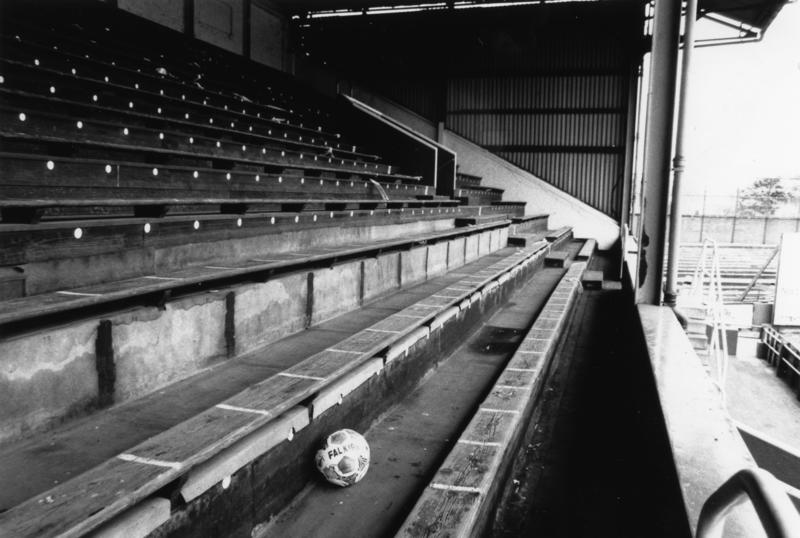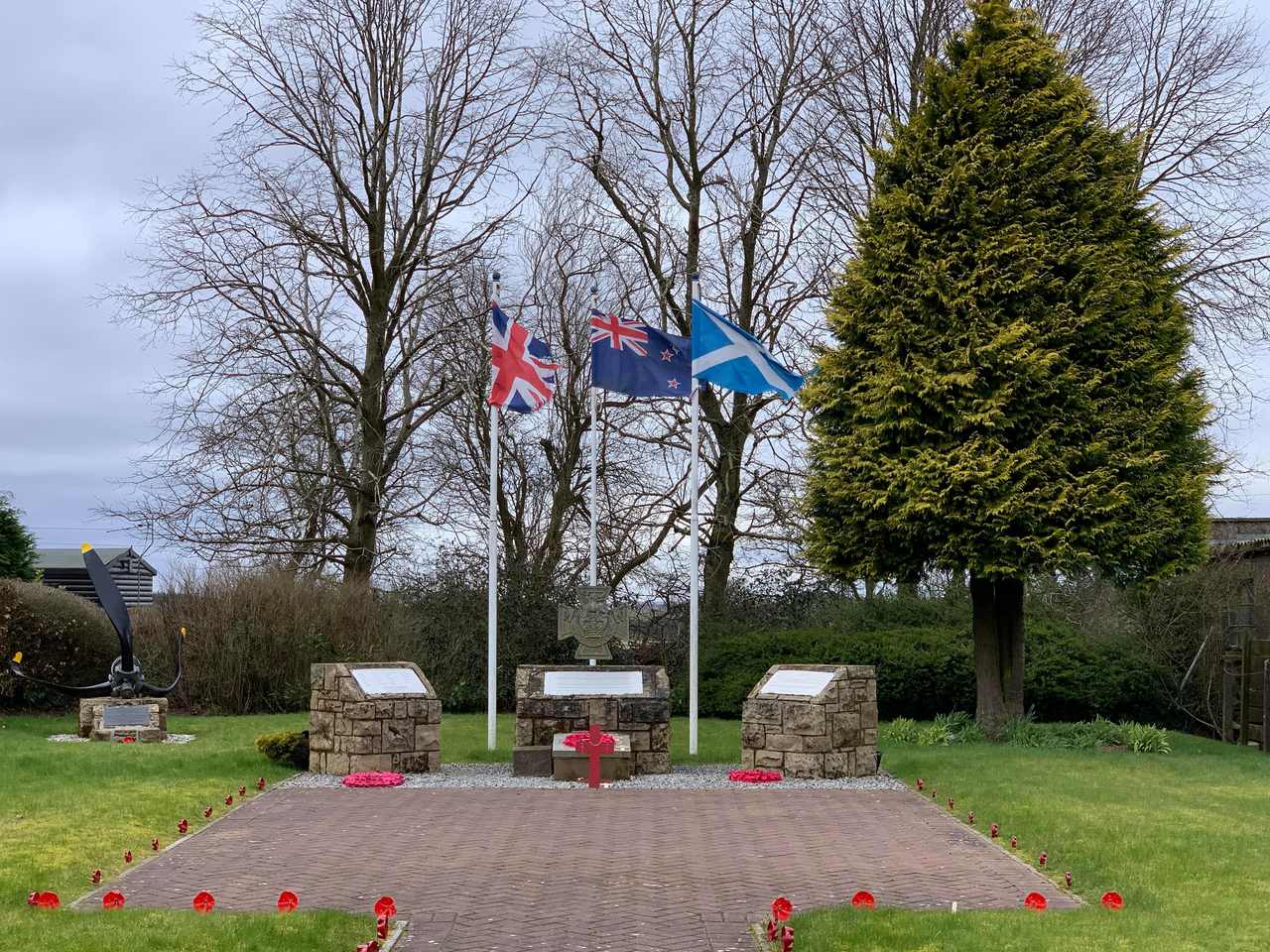Enjoy this song, in both the original Gaelic and translated into English, celebrating the highland cow from the perspective of a drover. This material is part of our Gaelic Culture and the Falkirk Tryst collection.
The Highland Cow
The Highland cow is the hardiest of all British breeds and elicit the admiration of all who see them in their natural surroundings. Those who work with cattle always see more, and always recognise a good beast and take stock of its long elegant horns, black, red, dun or brindled full shaggy coat, the straight back, broad chest, and short, strong legs well-feathered with hair. Such characteristics became fixed as criteria for judging the configuration of Highland cattle in the first volume of the Highland Cattle Herd Book in 1885. These polished formulae fulfilled no real need in Gaelic society where an ability to judge a good beast had been deeply embedded for generations.
A contemporary interest in cattle breeding may have prompted William Mackenzie to include this song (below) on “the good points of a Highland cow” at the end of a serendipitous collection of songs and stories presented to the Gaelic Society of Inverness in 1879 under the evocative (if seemingly whimsical) title, “Leaves from my Celtic portfolio.” William Mackenzie was the Society’s honorary secretary and one of the founders of the Gaelic Society of Inverness in 1871. His song with six stanzas and a chorus is introduced with the words: “The following spirited verses describe what the old Highlanders regarded as the good points of a Highland cow.” The song is without attribution and appears to have been written down by him from an un-named oral source. The wording of the song makes it clear that the composer was probably a professional drover with a keen eye for a beast, and an enthusiasm that prompted him to celebrate so memorably the conformation of a pedigree cow in verse. This song belongs to the world of commercial cattle droving which grew into a major element in the Scottish economy by the late seventeenth century.
The Song
Ged bha barail uil’ aig cach
Gun robh mise traight’ air tìr,
Bha mo phocasa glè làn,
’S gun mo làmh ri ite pinn.
[Sèisd]
Bheir mi ho air m’urrainn ho,
Bheir mi ho air m’urrainn fhèin, Bheir mi ho air m’urrainn ho,
Thogainn fonn ’s gun ceannaichinn sprèidh.
Chuir mi dùil ’s a’ chèird ro mhòr;
Nam biodh mo stòras d’a rèir,
Dh’fhagadh e còig bliadhn’ mi og,
Grainnein dhrobh ’s iad bhi leam fhèin.
Dh’aithn’chinn an t-agh dubh a’s ruadh,
Donn ’s air suaicheantas am bein;
’S nam fanadh na prìsean suas,
Chuirinnse mun cuairt an ceum.
I bhi leathann os a cionn,
Goirid bho ’da shùil gu beul;
Fionnadh fada, dubh, ’s e dlùth,
’S nach b’airde fo ’glun na mo rèis.
An aiseann fada, domhain, crom,
’S i truiste na ’com air an fhèill,
Togail innte suas gu ’barr,
’S i aigeannach na ’nadur fèin.
Adharc fhada, ghorm no dhearg,
Cluas mhòr a’s earball d’a rèir,
Speir dhìreach ’s i molach garbh –
Bhiodh e searbh mur biodhmaid rèidh.
English translation of the song:
Though everyone was of the opinion
That I was high and dry ashore,
My pockets were full enough,
And without putting my hand to the quill-pen.
[Chorus]
I’ll make it, ho, on my ability, ho,
I’ll make it, ho, on my very own ability, ho, I’ll make it, ho, on my ability, ho, would raise a tune and buy cattle.
I put too much hope in the trade;
If my resources would be equal to it,
It would leave me as a ‘five year-old’,
A small drove, and they to be my own.
I would spot the heifer, black and red,
Brown, and on the distinctiveness of the hide;
And if the prices would stay high,
I would put her through her paces.
She should be broad-headed above her brow,
Scant from her eyes to her muzzle;
Her coat long, black and close,
And no taller below her knee than the span of my hand.
The rib, long, deep and curved,
And she gathered in at her waist for the Fair,
Rising up to her high point [of her shoulder],
And she lively in her behaviour.
Her horn long, either blue or red,
Her ear large, and tail in like proportion,
Straight hough and it rough and shaggy –
It would be hard if we could not agree a price.
The History of the Drover
An Dròbhaireachd (drovering) grafted readily onto a longer-term pastoral economy of the Highlands and into the cultural values of Highland society. Evidence from history and from prehistory underlines the significance of the cow in every aspect of life, ranging from symbol of value to source of nutrition through milk and dairy products. As units of value, cows were frequently stolen away on the hoof, but cattle-raiding was a test of prowess and manhood rather than a moral slur. The commercial importance of an ability to judge the “good points of a Highland cow” therefore drew on long-nourished skills.
The Drover’s Voice
While stories and songs about drovers are familiar enough, less evident is the voice of the drovers themselves. The drovering trade developed as a widespread social and economic process in the eighteenth century with a communications network of “drove roads,” a marketing infrastructure of fairs and trysts (or cattle markets) and a circulating medium of credit notes or hard cash. This is the context of the song with the message delivered from the drover’s point of view; here is a pride in professional skill – the skill of the ‘trade’ (a’ cheàird) – and the exercise of shrewd judgment. The scene of a high-risk profession is set in the opening stanza with the vulnerability of the drover to the uncertainty of markets but a readiness to deal in hard cash without recourse to bills of exchange or the ‘promissory note’ as medium of credit. The singer boasts in the opening stanza about his ability to dispense with writing any promissory note for creditors. The song on “the good points of a Highland cow” supplies a rare and bravura insight into the individual mind of a drover whose history has for the most part been represented from outwith Gaelic society and through the medium of English. Through the words of an individual, we are introduced to values and attitudes which are otherwise lost to history.
By Hugh Cheape
I am most grateful to my colleagues Gavin Parsons, Dr Meg Bateman and Professor Boyd Robertson for discussing this text with me and helping me with its translation.

